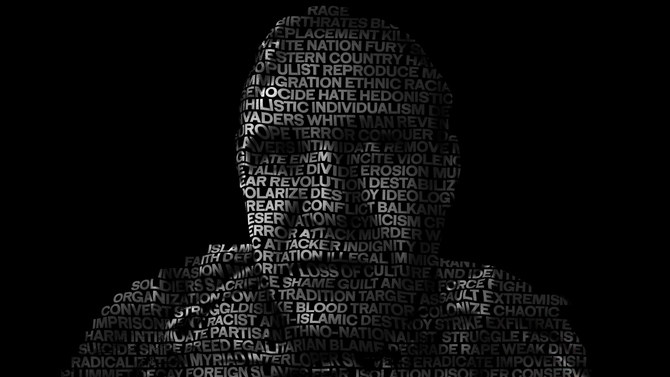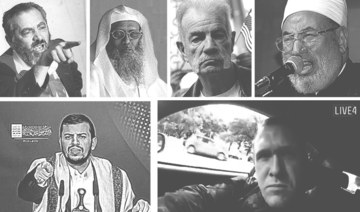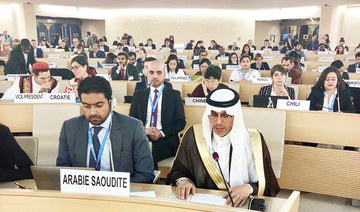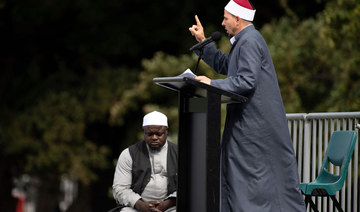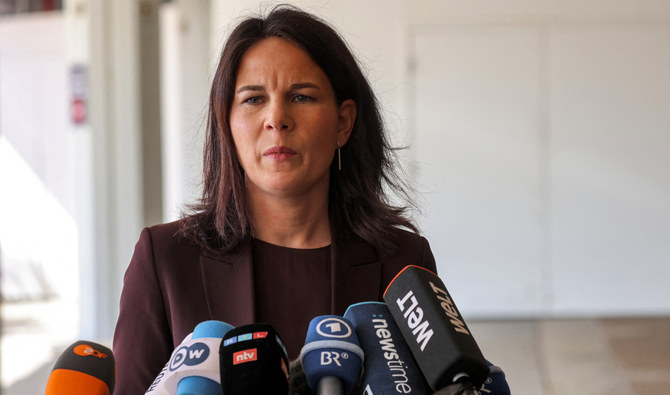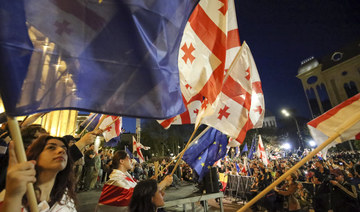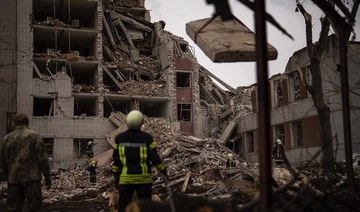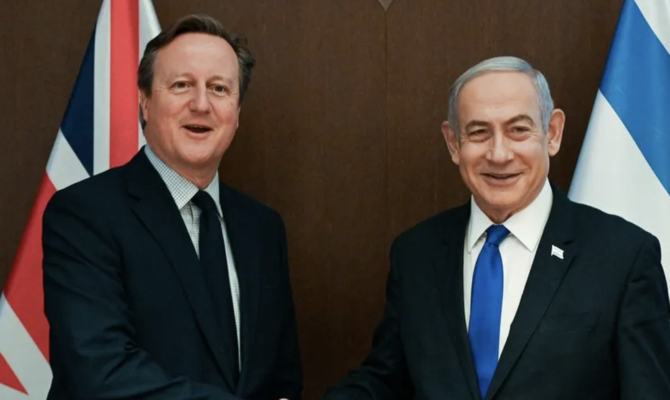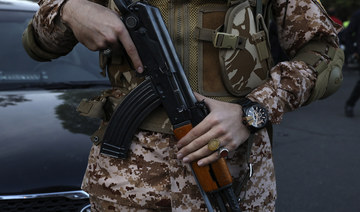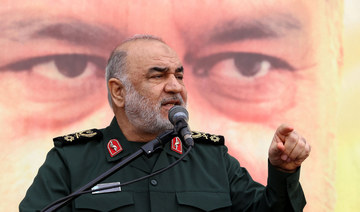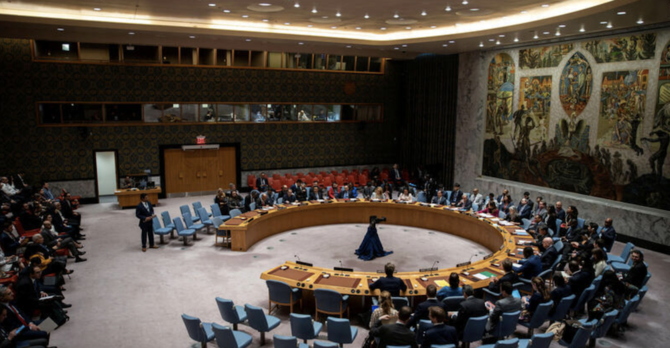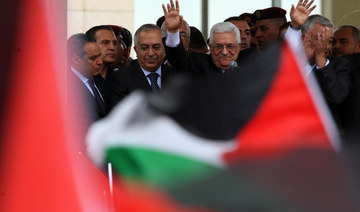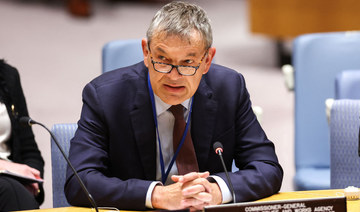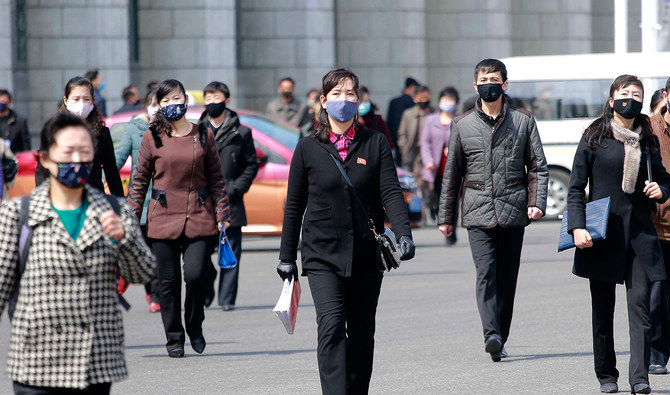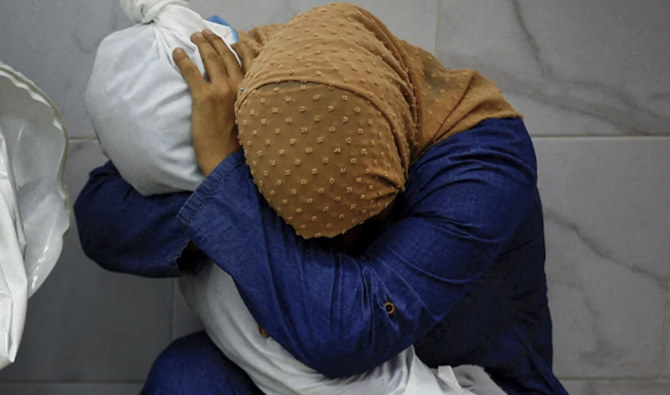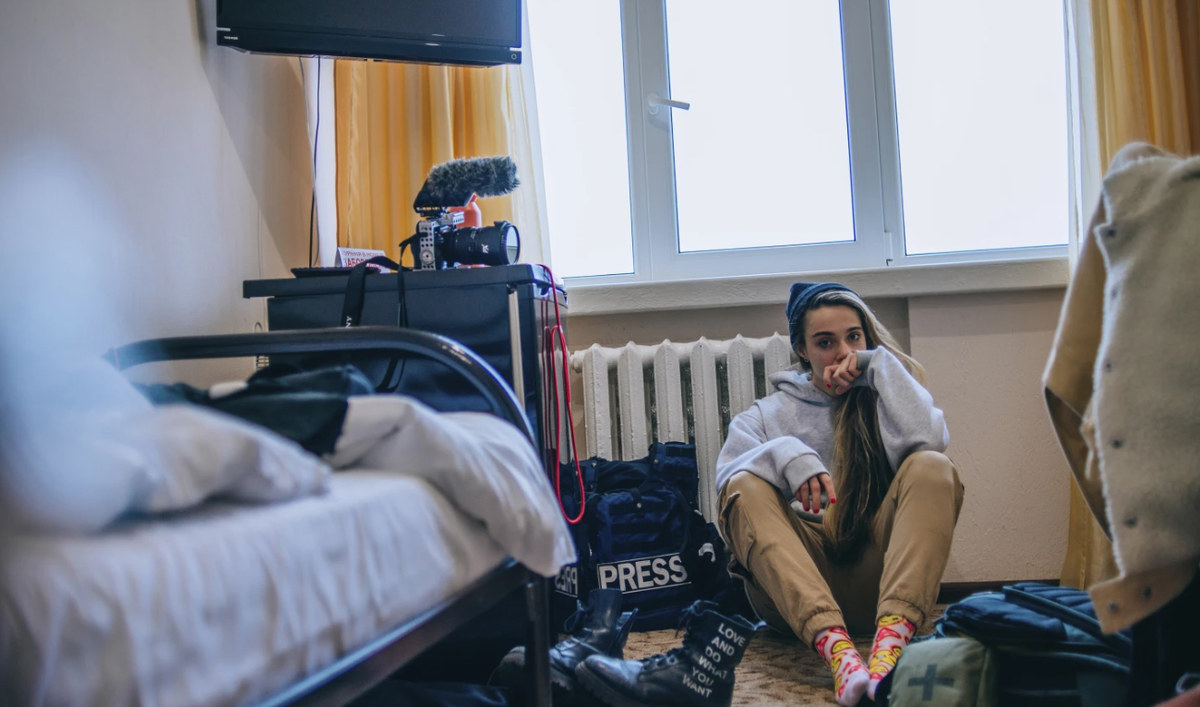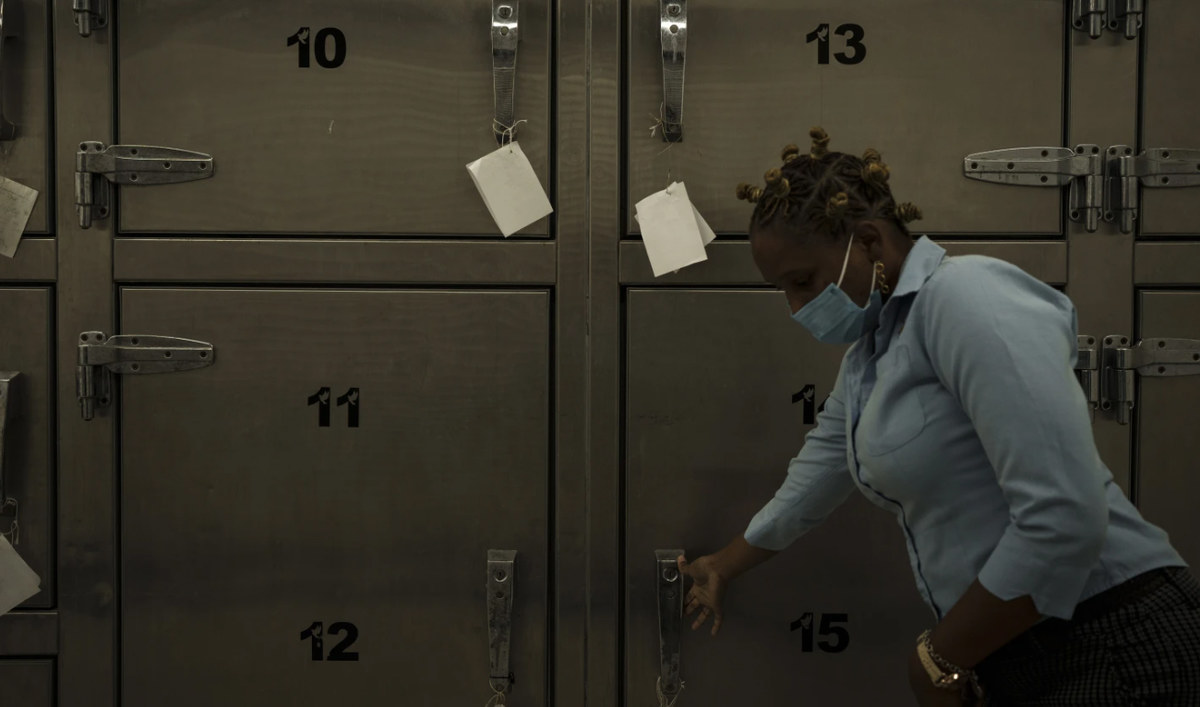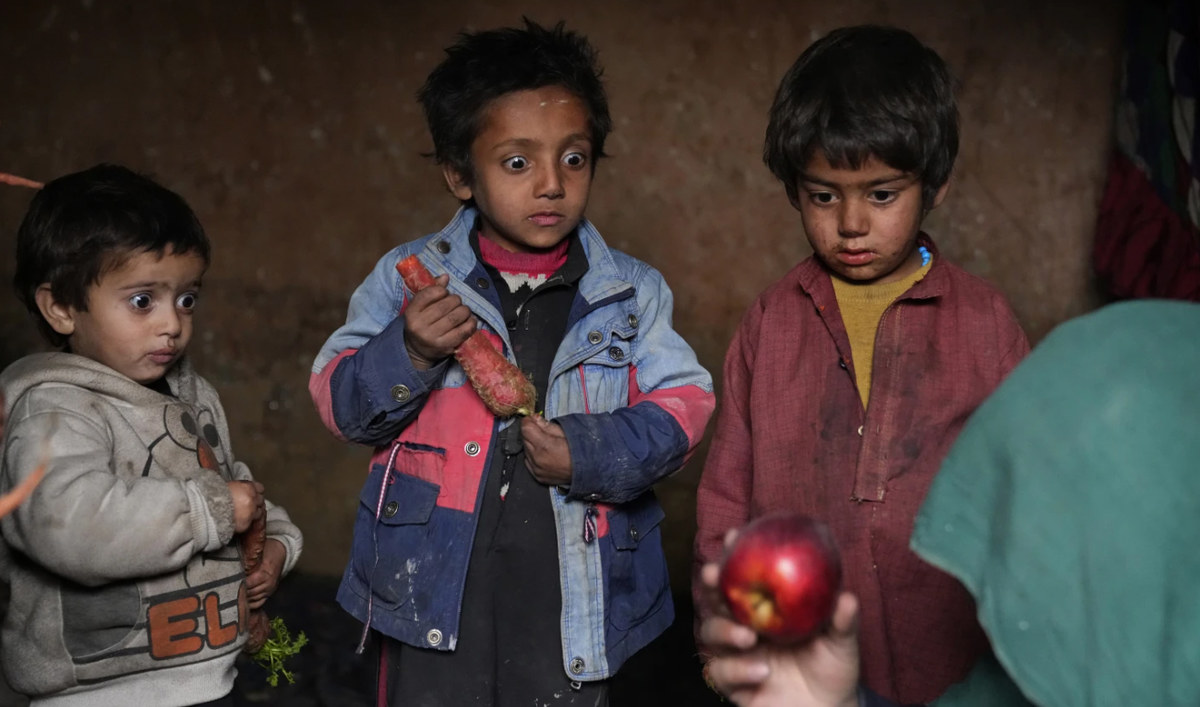DUBAI: Before the deadly mass shooting at two mosques in Christchurch, Brenton Tarrant posted a link to a hate-filled manifesto on numerous online platforms that provides an insight into the far-right ideology that influenced him.
The rambling document — filled with anti-immigrant and anti-Muslim rhetoric — is written in the form of a self-styled Q&A, in which he claims to represent “millions of European and other ethno-nationalist peoples that wish to live in peace among their own people.”
Tarrant, a 28-year-old Australian, is thought to have become consumed by anger after a string of terror attacks in Europe in 2016 and 2017, and his manifesto refers to the death of 11-year-old Ebba Akerlund, one of five victims killed in a 2017 terror attack in Stockholm.
Experts have warned the deadly mass shooting bears all the hallmarks of a growing number of attacks led by white supremacists drawn to the ideas of Europe’s anti-immigrant, ultra-right-wing extremists.
Aurelien Mondon, a lecturer at the University of Bath in the UK and an expert on far-right extremism, said the Christchurch attack is a stark example of a growing movement emerging from a global network of white supremacy groups sharing their extreme views on the murky — and often uncensored — web.
“I would describe him (Tarrant) as a white supremacist terrorist. The term ‘lone wolf’ is problematic as it suggests that the attack was a freak accident. It individualizes it, while, in fact, the ideology underpinning it has deep international roots.”
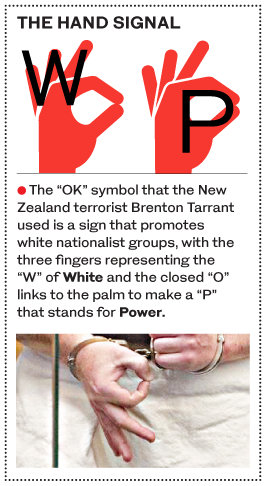
The attack was the “logical deadly conclusion of years of the normalization of Islamophobia and racism, and mainstreaming and hyping of the far right,” Mondon told Arab News “However, it is also part of a movement that has been allowed to spread thanks to the Internet and developed loose international connections more easily this way.”
A spokesperson for the Anti-Defamation League told Arab News that this “latest white supremacist violence underscores the fact that white supremacy is a global threat whose ideology manifests around the world and results in acts of violence.”
It also highlighted extremists’ use of social media. “For modern violent extremists and terrorists, preparing social media seems to be as critical as preparing their guns. Tarrant’s attacks seem to be designed to leverage social media, to attract maximum attention to the massacre and his beliefs.”
The New Zealand attack on March 15 that claimed 50 lives appears to be the latest global terror incident in the past decade linked to white supremacists: In Norway, where Anders Breivik’s July 2011 attacks left 77 dead; in Canada, where Alexandre Bissonnette shot six people during prayers at a mosque in Quebec City in 2017; and in the UK, where Darren Osborne killed one and injured 12 others when he drove a van into worshippers outside a mosque in the London’s Finsbury Park in 2017.
In each instance, the shooter acted in isolation but was heavily influenced by social media and had communicated with other white supremacists or shared their ideology online. The massacre in New Zealand bore the same chilling pattern.
In his 16,500-word manifesto, Tarrant praises Breivik, Osborne and Dylann Storm Roof, convicted for the deadly 2015 mass shooting in a Charleston church in the US.
“The manifesto did not contain anything truly original, and instead the terrorist drew his ideas from a wide constellation of far-right thinkers, from the crudest racists to the more cultural racists,” said Mondon. “Some of his ideas remain marginal and widely denounced in most societies, but others, based on more subtle forms of racism, have gained ground in mainstream discourse over the past 20 years and are now fairly common in the mainstream media and politics.”
A notable detail of Tarrant’s manifesto is the title itself: “The Great Replacement,” a reference to the title of a 2012 book by right-wing French polemicist Renaud Camus, “Le Grand Remplacement,” in which the author shares his theory that Europe’s white majority is being systematically replaced with North African and sub-Saharan African migrants, many of whom are Muslim, through mass migration and demographic growth.
It associates the presence of Muslims in France with potential danger and the destruction of French culture and civilization. In an epigraph to “Le Grand Remplacement,” Camus cites two modern-day figures as “prophets”: Enoch Powell, the anti-immigrant English politician, who in 1968 famously envisioned rivers of blood in Britain brought on by immigration; and the French author Jean Raspail, whose 1973 novel “The Camp of the Saints” became a beacon for far-right figures.
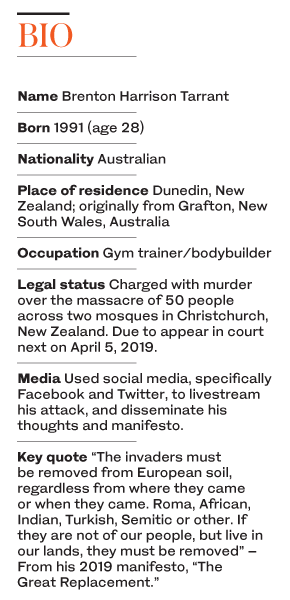 In Tarrant’s manifesto, the ideas of Camus figure prominently. Tarrant cites watching “invaders” at a shopping mall during a visit to an eastern French town as the moment when he realized he would resort to violence.
In Tarrant’s manifesto, the ideas of Camus figure prominently. Tarrant cites watching “invaders” at a shopping mall during a visit to an eastern French town as the moment when he realized he would resort to violence.
As Mondon points out: “This demonstrates that the Christchurch terrorist attack was not an isolated act, but rather the logical conclusion of the far-right ideology gaining ground across the West.”
The Southern Poverty Law Center, which monitors extremism in the US, said last year that the number of hate groups is growing and now stands at 1,020, a 30 percent jump from 2014. Most espouse some form of white supremacist ideology, it said.
“They are a clear threat and have been for a long time, although this has been ignored by much of the mainstream press,” said Mondon. “However, it is important to look at the roots of the issue, rather than only at its most extreme expression. We need to stop giving credence to the free speech myth, which has become a very powerful weapon of the far right.
“They are not defenders of free speech and, in fact, are very much against other views being expressed. Furthermore, they have had far more platforms to spew their hatred than their opponents. We need to stop platforming them and instead show them for what they are, the defenders of a racist, unequal and authoritarian ideology.”
Katharine Gelber, professor of politics and public policy at the University of Queensland, said she would describe the New Zealand shooter as a “right-wing extremist.”
“I think it is important to note ‘right-wing’ because he makes it clear he targeted a marginalized and vulnerable group, which is subjected to disparagement in public discourse.”
Gelber said we live in an era of in global politics where right-wing ideas are in the ascendancy. “We are not yet at a stage where they are mainstream, but there has been a combination of governments and political leaders using refugees and asylum seekers, and Muslims, as scapegoats, and subjecting them to the kinds of discourse that marginalizes and excludes them, for well over a decade now.
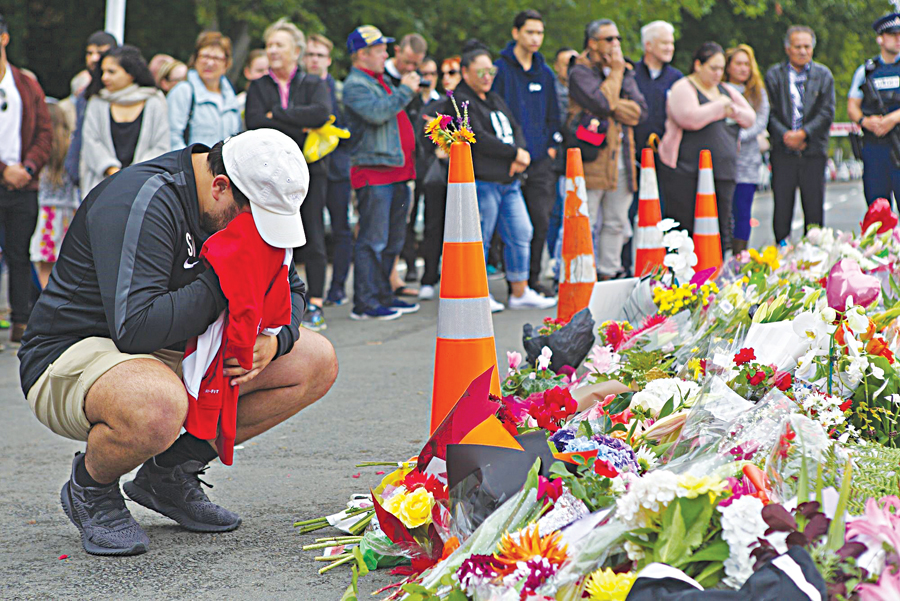
A man cries in front of the Al Noor Mosque in Christchurch, New Zealand on March 17,
“Combined with this is the rise of political leaders who actively use this kind of discourse and this has emboldened the right wing to step up their campaign against the social gains of previous decades.”
Farhad Khosrokhavar, head of research at the Paris-based School of Advanced Studies in the Social Sciences, told Arab News that supremacists feed off the narrative of their enemies. “Jihadist attacks in Europe are grist to the mill of white supremacism, part of public opinion becoming convinced that governments are not able to fight efficiently jihadism in Europe.”
Supremacists and jihadists have much in common, said Khosrokhavar. “The supremacist hates the Muslim among others, while the jihadist hates the non-Muslim among others. The supremacist believes that violence is the main and almost exclusive way to deal with the ‘enemy,’ such as Muslims, whereas the jihadist believes that it is only through jihad (violent, holy war) that he can confront the ‘enemies.’”
For Gelber, there are numerous ways to prevent extremists such as Tarrant. First, online platforms have a responsibility to react quickly to material that represents a clear threat, she said. Governments also should prosecute extremists who break the law.
But in the end an effective response relies largely on changed behavior. “People need to start taking responsibility for their words online, just as they do for their words offline,” she said. “But it is difficult to do that in a society that is promoting and enabling bullying and hate speech.”




